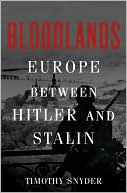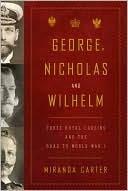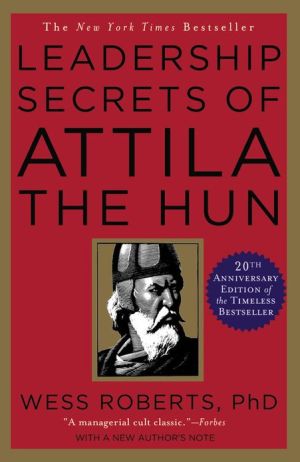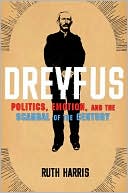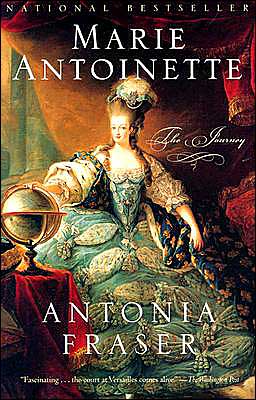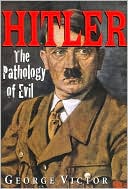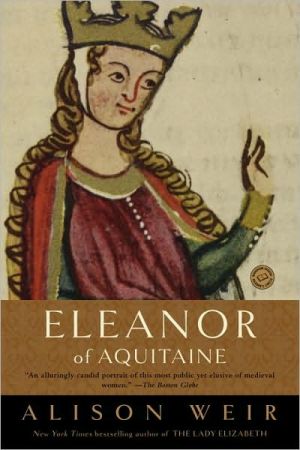The Medici Wedding of 1589: Florentine Festival as Theatrum Mundi
The marriage of Grand Duke Ferdinando de' Medici to French princess Christine of Lorraine in 1589 became a landmark event in Renaissance art, theatre, and politics. This book combines art and social history to present the first comprehensive reconstruction of this month-long wedding celebration, providing a fascinating picture of Florentine culture at its zenith.
Search in google:
The marriage of Grand Duke Ferdinando de' Medici to French princess Christine of Lorraine in 1589 became a landmark event in Renaissance art, theatre, and politics. This book combines art and social history to present the first comprehensive reconstruction of this month-long wedding celebration, providing a fascinating picture of Florentine culture at its zenith. Library Journal The marriage of Christine of Lorraine to Ferdinando of Tuscany lasted the better part of a month; preparations for it took almost a year. Saslow (art history, Queen's Coll., CUNY) notes that the wedding "constitute[s] one of the outstanding late Renaissance landmarks of artistic creativity." He interweaves "high" art history (iconography, iconology of the event) with the social and economic history of production to show how a major multimedia artistic project was conceived, paid for, organized, and executed in a time of transition "from small independent workshops to permanent state-supported administration of unprecedented scale and complexity." His book abounds in telling anecdote: work contracts with artists and artisans, the working and placement of stage machinery, "punch" lists of last-minute work, who stood where and did what at dress rehearsals, etc. The work also contains a catalog of 88 set and costume drawings, paintings, and prints. This is a wonderful book enriched by a wealth of telling detail that will satisfy both scholar and lay reader.-David Keymer, California State Univ., Stanislaus
AcknowledgementsIntroduction11September & October 1588: The Creative, Management, and Public Relations Staffs212November & December 1588: Casting, Costumes, and Rehearsals493January & February 1589: The Theater, the Scenery, the Artists754March 1589: Artisans, Stagehands, Technical Rehearsals; Christine's Outbound Journey1015April 1589: Dress Rehearsals; Christine's Inbound Journey and Entry1216May 1589: The Wedding As/In Performance1487June 1589 and Beyond: Aftermath and Later Influence174Catalogue189Appendix: Genealogical Tables, Valois-Habsburg, Medici263Notes267Bibliography309Sources of Illustrations315Index317
\ Library JournalThe marriage of Christine of Lorraine to Ferdinando of Tuscany lasted the better part of a month; preparations for it took almost a year. Saslow (art history, Queen's Coll., CUNY) notes that the wedding "constitute[s] one of the outstanding late Renaissance landmarks of artistic creativity." He interweaves "high" art history (iconography, iconology of the event) with the social and economic history of production to show how a major multimedia artistic project was conceived, paid for, organized, and executed in a time of transition "from small independent workshops to permanent state-supported administration of unprecedented scale and complexity." His book abounds in telling anecdote: work contracts with artists and artisans, the working and placement of stage machinery, "punch" lists of last-minute work, who stood where and did what at dress rehearsals, etc. The work also contains a catalog of 88 set and costume drawings, paintings, and prints. This is a wonderful book enriched by a wealth of telling detail that will satisfy both scholar and lay reader.-David Keymer, California State Univ., Stanislaus\ \ \ \ \ Kirkus ReviewsA detailed account of theatrical pageants celebrating one of the most sumptuous weddings of Renaissance Italy.\ Ferdinando de' Medici had been a cardinal since age 14 and was known as a religious reformer and a patron of the arts. The death of his elder brother forced him to leave the church to rescue the dynasty from extinction. His marriage to Christine de Lorraine cemented an important political alliance and brought Florence an enormous dowry from the French. Saslow (Art History/Queens College) guides us through the ten months of preparations for the events and the actual pageants, which began with Christine's arrival at Livorno on April 24 and lasted until June 8. Attractions included triumphal entries, mock naval battles against the Turks, and a soccer match. Saslow is particularly interested in the series of intermedi, which were allegorical tableaux inserted between the acts of comedies in the Medici Theater. They involved the use of instrumental music, song, dance, and splendid costumes and stage designs, and they featured classical characters, such as nymphs and shepherds, Bacchus and Apollo, and the figures of Rhythm and Harmony—all glorifying the ruling couple and wishing them offspring. Saslow is a conscious admirer of Michel Foucault (he tends to write like him), and he interprets this rich material both as fine art and as an artifact of social and political control. Drawing on published texts, sketches, paintings and prints (many of which are superbly reproduced here), and manuscript sources, such as stage manager Girolamo Seriacopi's daily production logbook, our author explores such details of backstage life as salaries, working conditions, and the incipient roles of women.\ Valuable reading for students of Renaissance society and the performing arts.\ \ \

